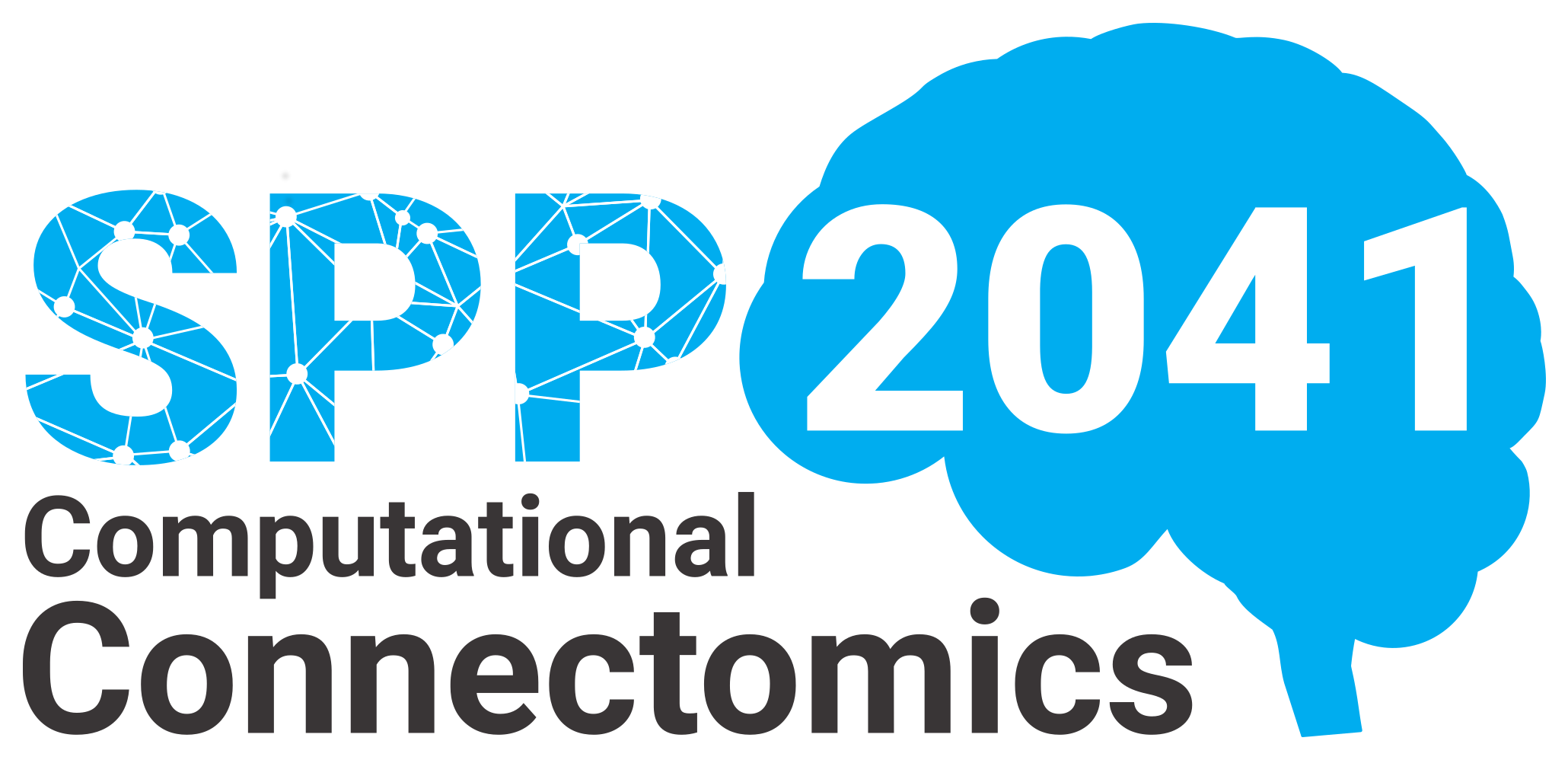The dynamic connectome underlying language in the brain
The neural networks of higher cognitive functions are still hard to define. One exception might be the language network as this is well described due to systematic neuroscientific studies. Hence, it may serve as an example for large scale cognitive networks within the human connectome. The neural basis underlying language consists of a fronto-temporal network including Broca’s area in the inferior frontal gyrus and the posterior temporal cortex. These areas are connected via ventral and dorsal fiber tracts shown to be relevant for language. It is, however, largely unknown (i) how information is exchanged between the areas as language is processed online and (ii) on which structural traits information processing and transfer relies. The present project will use a novel biologically plausible dynamic model of the human connectome to describe the dynamics within this network in detail. A particularly innovative feature of this model is its detailed description of long-range connections through the white matter. In order to obtain the necessary microstructural information, we will make use of a new MRI system (Siemens CONNECTOM). The system was specially designed for the in vivo measurement of high quality diffusion images by using a very strong gradient system (300 mT/m), is unique in Germany and is worldwide only available on three sites. This way, we obtain an enriched connectome with biological realistic dynamics of the nodes and multi-dimensional description of the connections. This model will be used to estimate effective connectivity (EC) between the brain areas and map it to structural parameters. It will be specified and evaluated using structural and functional data (fMRI and MEG) from longitudinal second language learning trainings. In particular, we will make use of a large and comprehensive data set from a unique intensive German learning study with Syrian refugees that were run at the MPI Leipzig. Structural and effective connectivity changes as a function of syntactic and semantic training will be analyzed. We hypothesize that the dorsal connection targeting BA 44 in Broca’s area (the arcuate fascicle) will increase its EC as a function of syntactic training, whereas the ventral pathway (the inferior occipital longitudinal fascicle) will show increases as a function of training of semantic aspects. The modeling will test which specific parameters in the local dynamics (e.g., excitation / inhibition ratio) and white matter connections (e.g., fractional anisotropy, axonal density) will change as a function of training and thereby affect EC. With this approach we also hope to contribute to the general discussion of the form-function relation: to what extent does the function determine the neural structure and vice versa.
Principal Investigators
Dr. Alfred Anwander
Max-Planck-Institut für Kognitions- und Neurowissenschaften
Abteilung Neuropsychologie
Professor Dr. Gustavo Deco
Universitat Pompeu Fabra
Computational Neuroscience
Professorin Dr. Angela Friederici
Max-Planck-Institut für Kognitions- und Neurowissenschaften
Abteilung Neuropsychologie
Privatdozent Dr. Thomas Reiner Knösche
Max-Planck-Institut für Kognitions- und Neurowissenschaften
